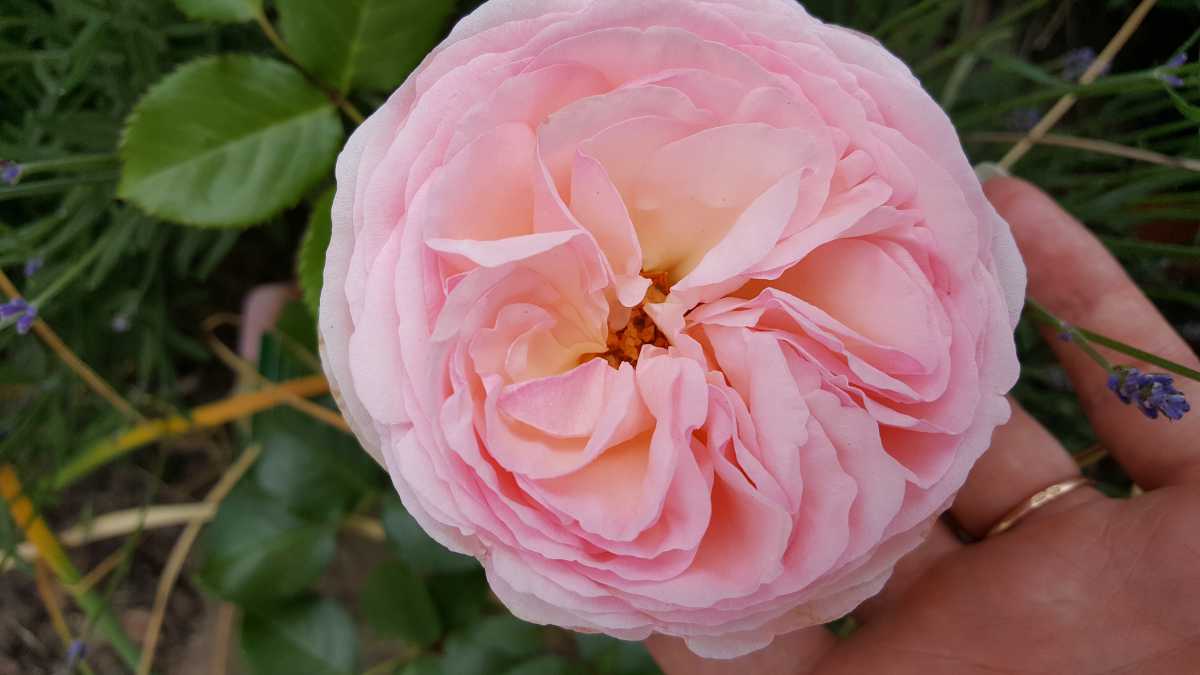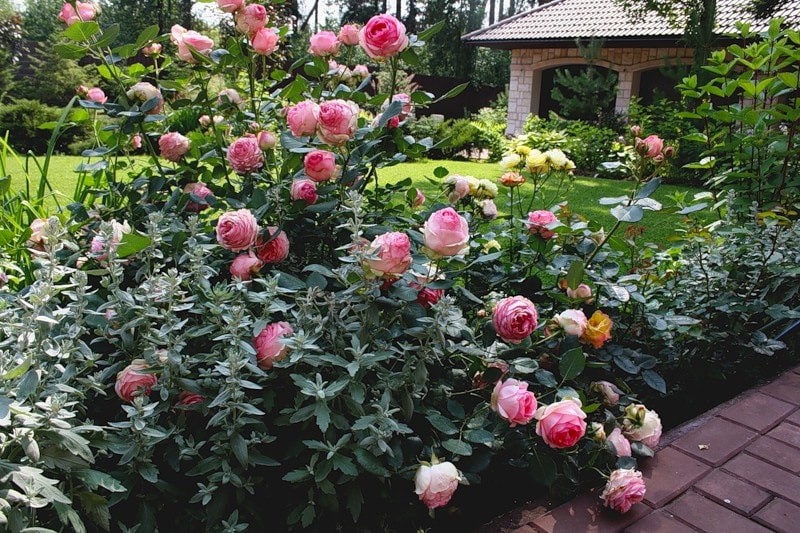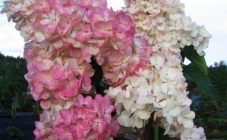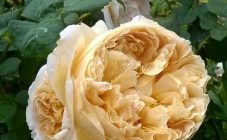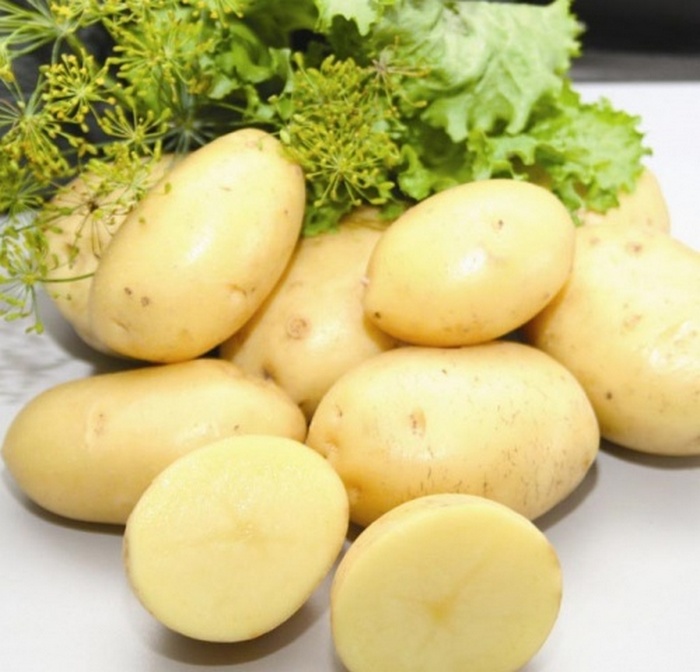Content:
Today, it has become possible to grow roses even in the unpredictable conditions of central Russia. For this, we need to thank the breeders who are working on the plant's resistance to external influences.
Roses scrub
Shrub - translated from English "shrub". This group appeared in 1956 and is considered the new park roses. Scrub combines decorativeness and resistance to weather conditions and diseases.
There are several varieties of this group:
- English, for example, Austin roses;
- Canadian varieties are distinguished by high frost resistance;
- French and German;
- remontant, i.e. repeatedly blooming;
- ground cover.
Fest Lady Rose belongs to the German group of scrubs, was bred in 2005 in Germany in the Tantau nursery.
Description of the variety
Rose Scrub First Lady can grow up to 1.5 m in height and up to 1.2 m in width.The variety is distinguished by resistance to frost (-23 ° C), to diseases (powdery mildew, black spot), to rain (flowers are not lose their attractiveness).
The flowers are large, densely stuffed with petals of pale pink color. The diameter of the buds reaches 10 cm, it opens slowly. Up to 3 pink flowers can grow on the stem.
The stems of this shrub are arched, fast-growing, so the planting space for this rose should be spacious.
Features of agricultural technology
Rosa First Lady prefers well-drained soil, sunny and calm place. The sun is especially necessary in the first half of the day, when water begins to evaporate - excess moisture can provoke the development of fungal diseases.
It is recommended to plant rose First Lady close to the trees growing on the northeast and north sides of the site to protect the crop from the wind.
You need to plant a seedling in spring or autumn. The roots need to be buried 15 cm. Rose First Lady will grow on black soil, but light loam, rich in humus, is preferable. On sandy soils, the crop will not grow, because the moisture will quickly evaporate, and in winter such soil will freeze. Experienced growers also adapt sandy soils for a rose, adding lime, manure, peat.
Caring for the plant consists in regular watering (once a week, more often in drought) and top dressing (4 times a month, preferably organic).
In September, the first preparations for wintering begin. They are fed with potash fertilizers, they will help increase the resistance of the crop to frost. The bush is spud up with sand until the first frost appears. The shrub is tall, so its shoots are tilted to the ground, laying them on pre-prepared boards. The bushes are covered with 4 layers of material when the air temperature drops below 0 ° C. Some gardeners cover the shrub with roofing material from above. The foliage is harvested and burned.
Advantages and disadvantages
Pros:
- resistance to disease;
- winter hardiness;
- re-flowering;
- the buds are not damaged by rain.
Cons: Grows quickly, requires a lot of space.
First Lady is a rose with high decorative qualities. It will decorate any home plot with its luxurious buds even on dull rainy days, and its delicate petals will not suffer from adverse weather conditions.
